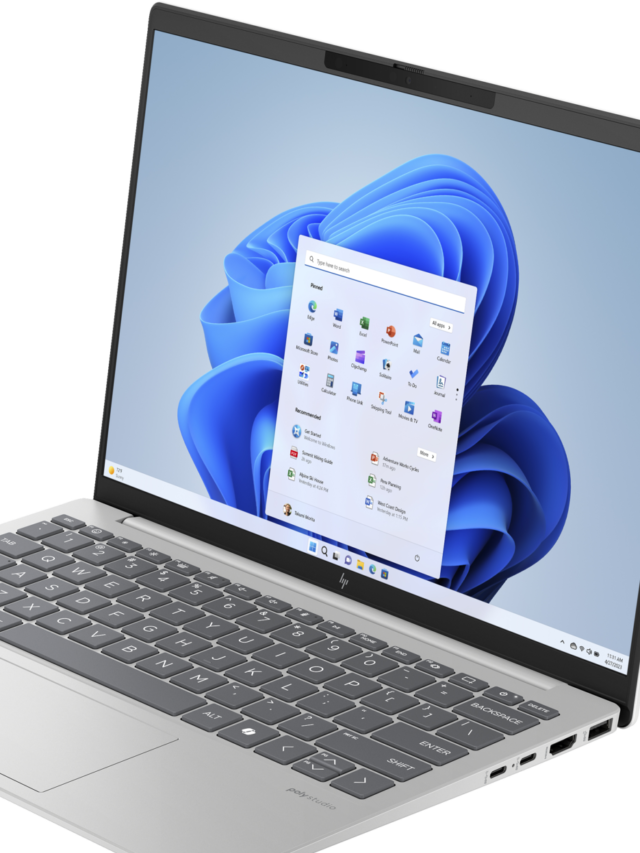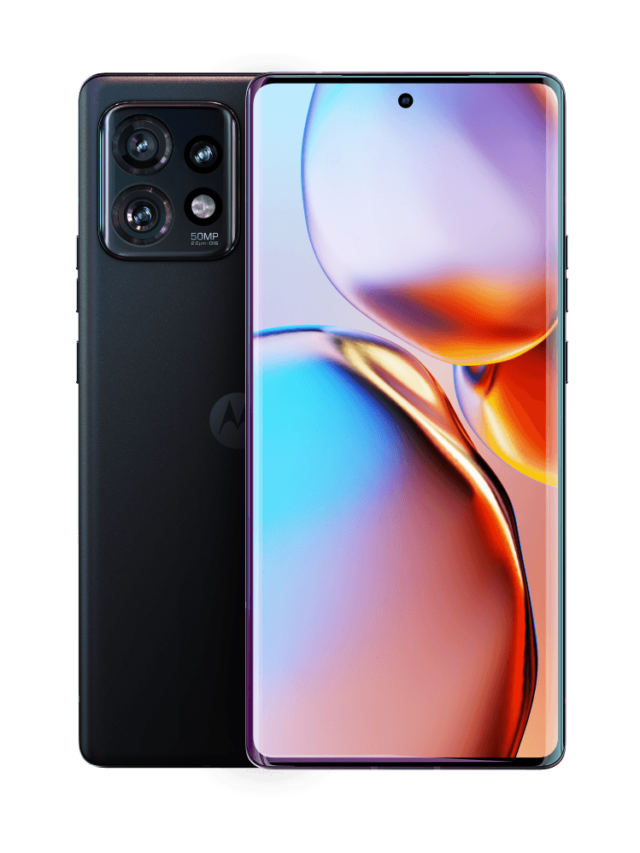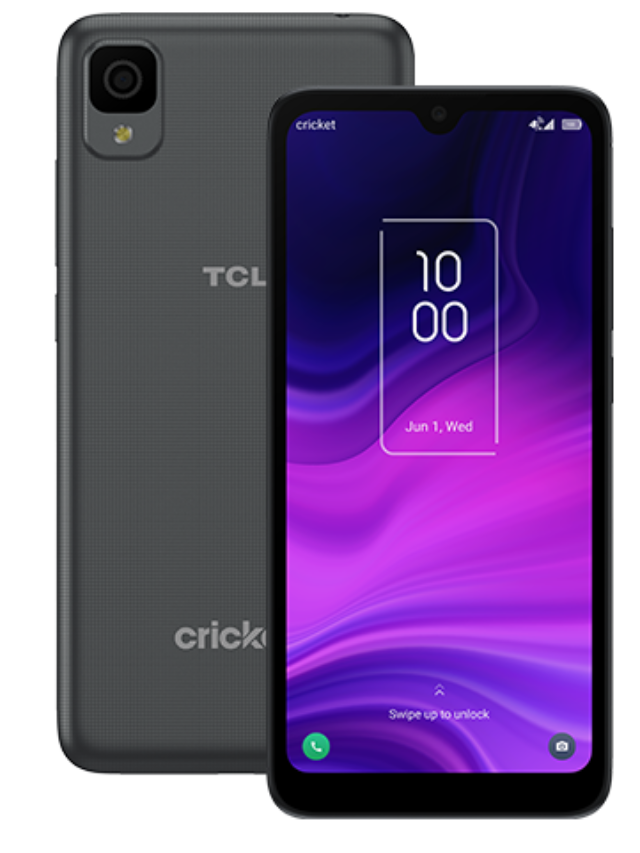The world of cryptocurrency has opened up exciting new possibilities for financial transactions, but it has also attracted a new breed of cybercriminals. One of the latest threats in this space is SparkCat malware, a sophisticated program that uses Optical Character Recognition (OCR) technology to steal cryptocurrency wallet recovery phrases directly from images on infected computers. This article delves into the details of SparkCat, exploring how it works, who is at risk, and what measures can be taken to protect yourself.
SparkCat was first identified in March 2024 by Kaspersky’s Threat Research team. What makes SparkCat unique is its ability to bypass traditional security measures by targeting images rather than typical data files. It spreads through seemingly innocuous applications on both Android and iOS devices – a first for Apple’s App Store, which has historically had a strong reputation for security. Once installed, SparkCat scans the device’s image gallery, looking for screenshots or photos that might contain sensitive information like cryptocurrency wallet recovery phrases.
This is where OCR comes into play. OCR technology allows the malware to “read” text within images, effectively extracting the recovery phrases and sending them to the attackers. These phrases are the keys to accessing your crypto wallets, so having them stolen is akin to handing a thief the keys to your bank vault. The implications are enormous, with victims potentially losing significant sums of cryptocurrency.
Kaspersky’s research indicates that SparkCat has already infected a staggering 242,000 Android devices, highlighting the scale of the threat. While the number of affected iOS devices remains unknown, the fact that SparkCat has managed to penetrate Apple’s walled garden is a cause for concern for all iPhone and iPad users.
How SparkCat Exploits OCR to Steal Your Crypto
Let’s break down the process of how SparkCat uses OCR to achieve its malicious goals:
- Infiltration: SparkCat infiltrates devices disguised within seemingly legitimate applications downloaded from official app stores like Google Play and the App Store. This highlights the importance of scrutinizing app permissions and only downloading apps from trusted developers.
- Image Scanning: Once installed, SparkCat begins scanning the image gallery on the infected device. It specifically looks for images that may contain text, particularly screenshots.
- OCR Processing: When SparkCat identifies a potential target image, it employs OCR to “read” and extract any text within the image. This is the crucial step where your recovery phrase, if captured in a screenshot, is identified.
- Data Exfiltration: After extracting the recovery phrase, SparkCat sends it to a remote server controlled by the attackers, effectively giving them full access to your cryptocurrency wallet.
Who is at Risk?
Anyone who uses cryptocurrency and stores their recovery phrase digitally, especially in the form of a screenshot, is potentially at risk from SparkCat. This includes:
- Cryptocurrency Traders: Individuals who actively trade cryptocurrencies often take screenshots of their wallets or transactions for record-keeping, making them prime targets.
- Long-term Investors: Even those who buy and hold cryptocurrency for the long term often store their recovery phrase digitally for safekeeping, potentially leaving them vulnerable.
- NFT Enthusiasts: Non-fungible tokens (NFTs) are often stored in cryptocurrency wallets, meaning that NFT collectors who store their recovery phrases digitally are also at risk.
Essentially, anyone who has taken a screenshot of their recovery phrase or stored it in a digital format that can be accessed by SparkCat is potentially vulnerable.
Protecting Yourself from SparkCat and OCR-based Malware
The emergence of SparkCat highlights the importance of secure cryptocurrency storage practices. Here are some essential steps to protect yourself:
- Never store your recovery phrase digitally: The golden rule of cryptocurrency security is to never store your recovery phrase digitally. This includes screenshots, notes in your phone, or cloud storage services.
- Use a hardware wallet: Hardware wallets are physical devices specifically designed for secure cryptocurrency storage. They offer an extra layer of protection as they are not connected to the internet and are less susceptible to malware attacks.
- Be cautious of app downloads: Only download apps from trusted developers and pay close attention to the permissions an app requests. If an app seems to be asking for unnecessary access, be wary.
- Keep your software updated: Regularly update your operating system and applications to ensure you have the latest security patches.
- Use a reputable antivirus solution: A good antivirus program can help detect and prevent malware infections, including SparkCat.
Beyond SparkCat: The Broader Implications of OCR-based Malware
SparkCat is a wake-up call to the potential dangers of OCR technology in the wrong hands. While OCR has many legitimate applications, its ability to extract text from images can be exploited by malicious actors for various purposes, including:
- Identity theft: OCR can be used to extract sensitive information from scanned documents, such as passports, driver’s licenses, and credit cards.
- Financial fraud: Bank statements, invoices, and other financial documents can be scanned and processed using OCR to steal account numbers and other critical data.
- Espionage: Confidential documents, blueprints, and even handwritten notes can be digitized and analyzed using OCR.
As OCR technology becomes more sophisticated and accessible, we can expect to see further instances of malware exploiting its capabilities. It is therefore crucial to remain vigilant and adopt proactive security measures to protect sensitive information.
SparkCat is a sophisticated and dangerous malware that highlights the evolving threat landscape in the cryptocurrency world. By exploiting OCR technology, it can bypass traditional security measures and steal recovery phrases directly from images. This underscores the importance of practicing safe cryptocurrency storage habits, such as using hardware wallets and avoiding digital storage of recovery phrases.
Beyond SparkCat, the broader implications of OCR-based malware are significant. As this technology becomes increasingly prevalent, individuals and organizations must adopt robust security measures to protect sensitive information from falling into the wrong hands. By staying informed and taking proactive steps to safeguard our data, we can mitigate the risks posed by this new breed of malware.



















Add Comment